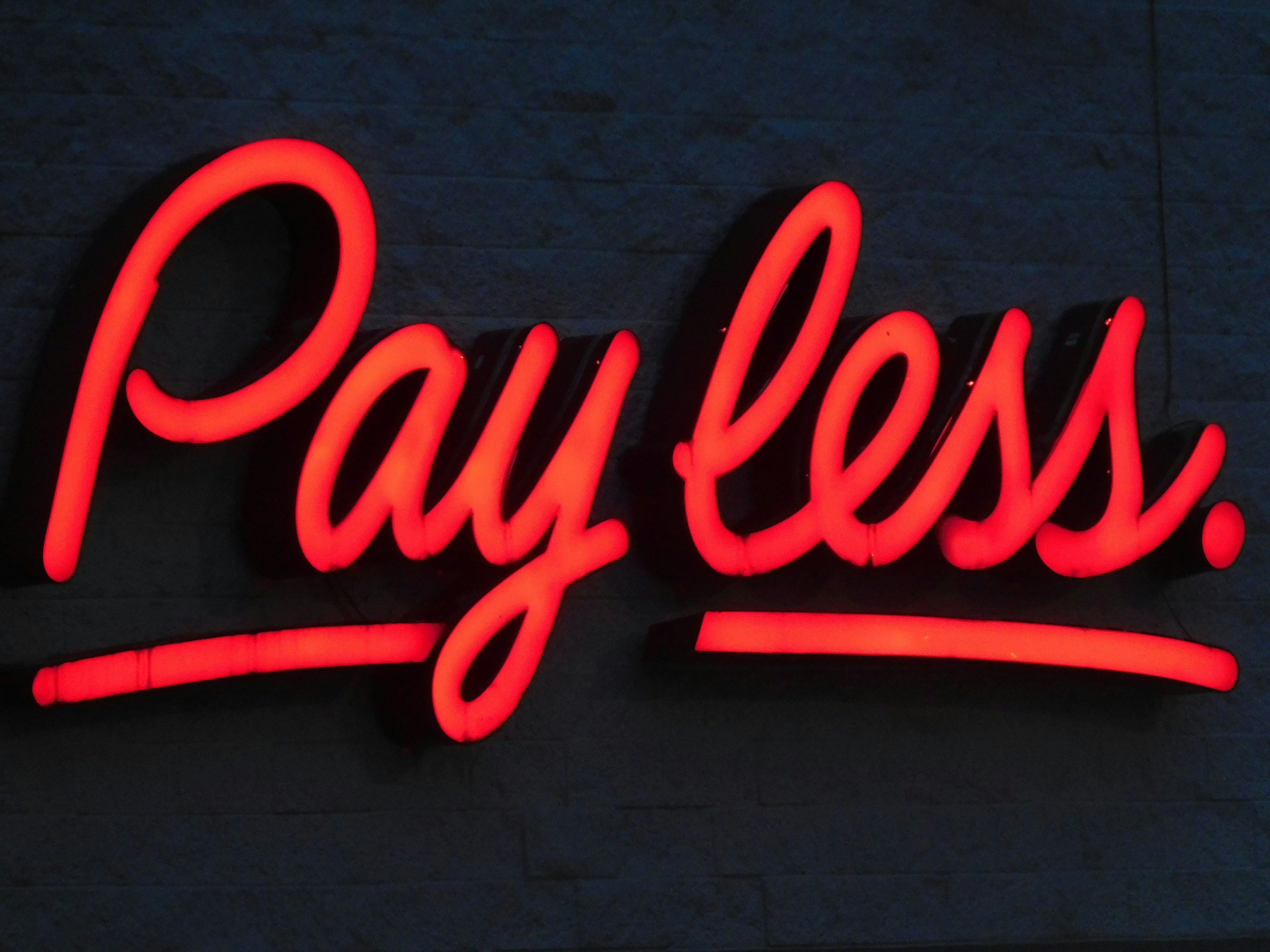Property Management
Conflict resolution in landlord-tenant relationships creates a harmonious living environment and protects everyone's interests. Problems like late rent payments, property damage, or lease violations can sometimes occur, so landlords should have the skills to address these issues quickly to prevent them from escalating.
While eviction is sometimes necessary, it should be a last resort due to its length, cost, and emotional toll. Therefore, landlords should offer proactive conflict management to reduce the likelihood of eviction.
This article will discuss practical strategies for effective conflict resolution in landlord-tenant relationships. We’ll also cover mediation and negotiation techniques to help maintain a stable and cooperative living situation.
1. Provide Clear and Detailed Lease Agreements
Clear and detailed lease agreements minimize misunderstandings and potential conflicts. With 63% of the conventional apartment rental market's revenues coming from net operating income, landlords must set clear expectations and responsibilities using specific language in the lease to create a transparent framework.
Create a well-drafted lease agreement and include the following:
Specify Rent Amounts
Clearly state the rent amount from the get-go to avoid confusion and disputes over payment expectations. Make sure to specify what the specified amount covers, including utilities, parking, and the like. It is also advisable to outline accepted payment methods such as cash, bank transfer, or check.
Payment Schedules
Landlords should define payment schedules so tenants know when their rent payments are due. By clearly stating the due date, landlords can facilitate timely rent collection. You can also include a grace period for late payments to give your tenants more flexibility. For instance, you can allow them up to 7 days after the due date.
Moreover, landlords should specify any late rent fees tenants may incur if rent is not paid on time. For example, you may charge a $50 late fee if rent is unpaid by the 7th of the month.
Maintenance Responsibilities
Property upkeep is not the sole concern of landlords. So, to prevent disputes regarding repairs and maintenance, it is best to define your responsibilities. For instance, landlords typically shoulder repairs for plumbing and electrical issues.
In contrast, landlords must also outline the tenant's responsibilities for minor repairs and maintenance, such as changing light bulbs and maintaining the yard. To make it more effective, include a process for reporting maintenance issues, like tenants reporting them in writing within 24 hours.
Consequences for Lease Violations
State the consequences for lease violations so tenants understand the seriousness of adhering to the lease terms. Common lease violations include late rent, unauthorized pets, or excessive noise. Describing a warning system that outlines how violations will be addressed is important.
A good example can be issuing a written warning for the first violation. Landlords should also include a termination clause that specifies the process for lease termination in the case of repeated violations. For example, you may say that three violations within 12 months may lead to lease termination.
2. Communicate Proactively
With open and regular communication, landlords can address issues promptly, build trust, and maintain positive relationships. With 34.4% of people aged 35 and below and 19.9% of those aged 35 to 44 living in rentals, landlords need to make tenants feel heard and valued regardless of their age group.










